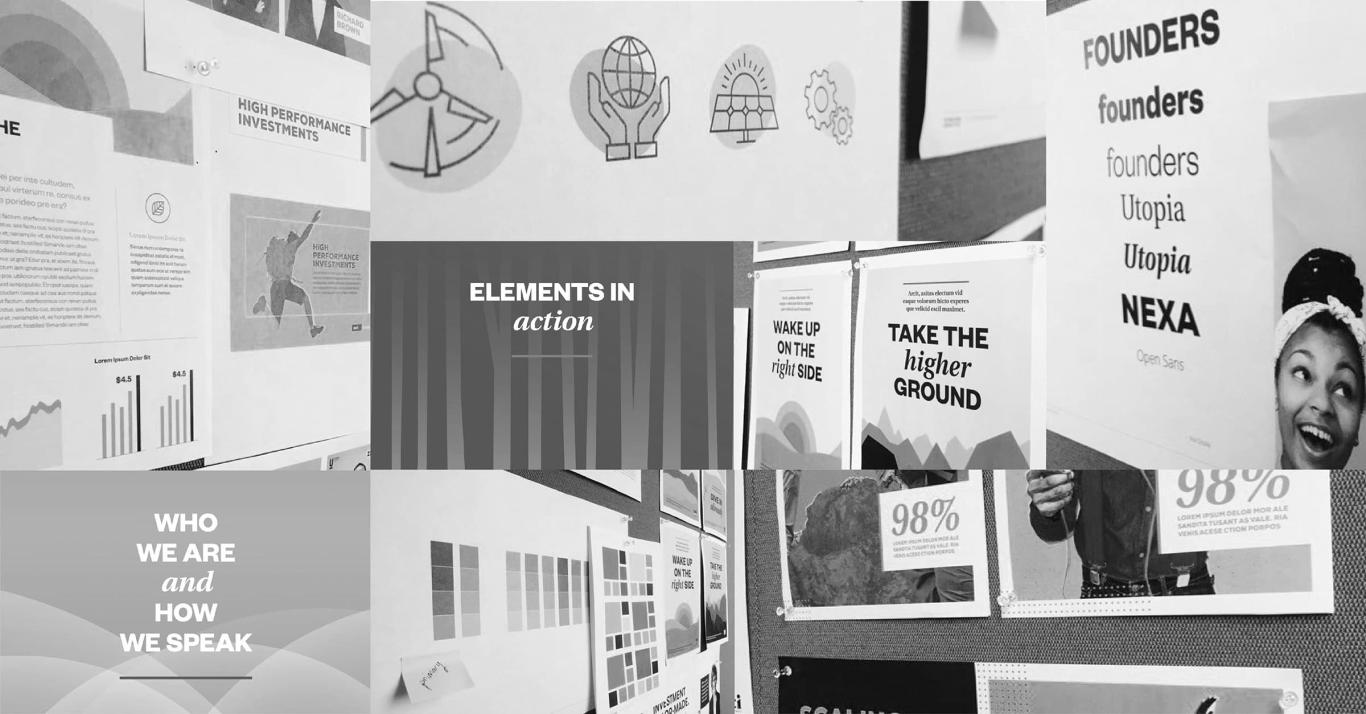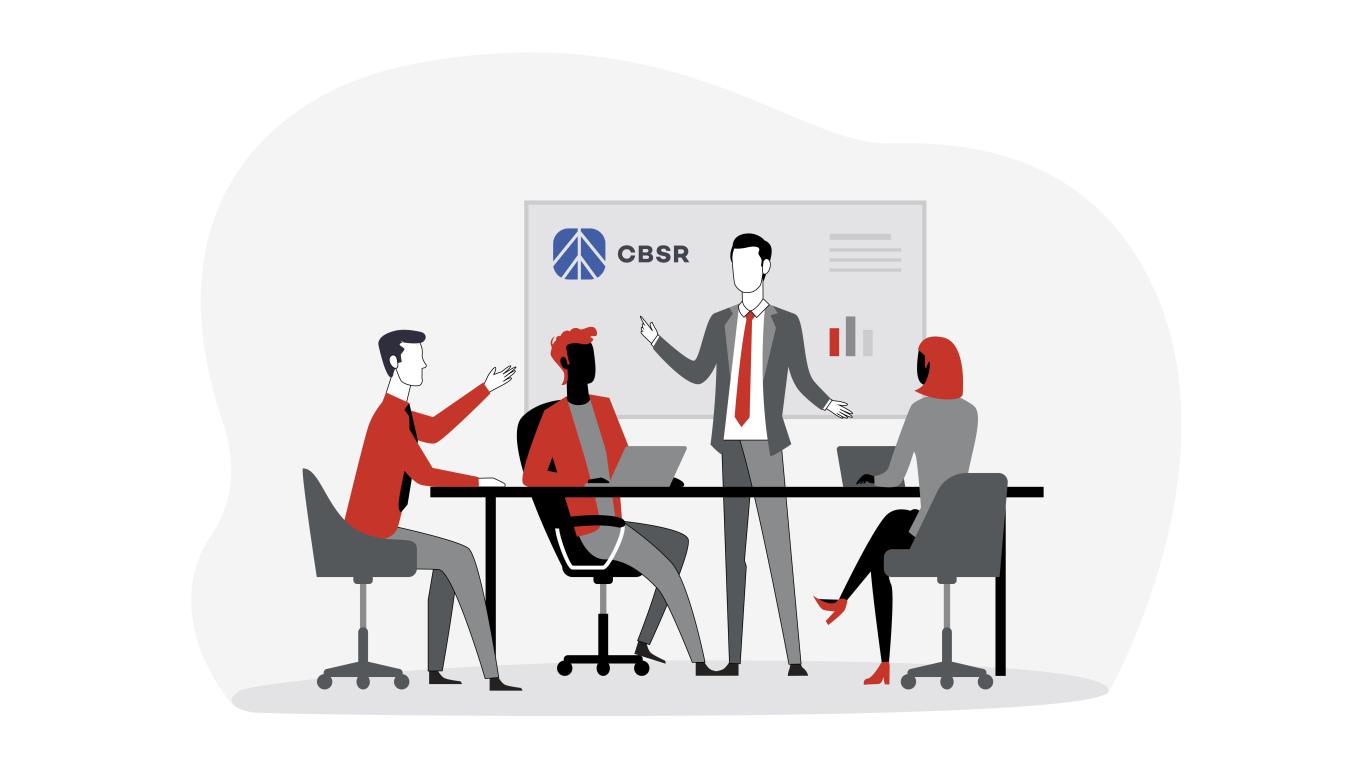Wesley Gee Talks Disclosure: The Benefits and Challenges

Our Director of Sustainability, Wesley Gee, visited New York to share insights as part of an expert panel at IR Magazine’s Environmental, Social and Governance (ESG) Integration Forum in December. In Part 3 of our follow-up interview, we discuss how and when to make ESG disclosures and the advantages of integrated reporting.
What are shareholders looking for in an ESG or Sustainability Report?
Shareholders and longer-term investors have a growing interest in a company strategy so they can see what a company is trying to achieve in terms of performance and broader social impact. We know different stakeholders like to view content in different ways – employees might like using the web and social media, whereas analysts and investors often want to be given PDF and Excel files so they (and their bots) can find the information they need without added narratives.
When should companies make ESG disclosures?
Ideally ESG disclosures are released at the same time as the Annual Report – either as separate documents or as an integrated report. As there isn’t often a strict deadline for ESG/Sustainability reports, companies might include key data and content in their Annual Report, staggering the release of an ESG/Sustainability report to ease the burden on teams. To be considered timely, reports should be released by May or June, to be in line with important surveys like those from the Dow Jones Sustainability Indices (DJSI) and the Carbon Disclosure Project (CDP).
How should companies be using their corporate websites?
Corporate websites offer a great platform for regular updates, stories and videos, promoting ongoing interaction with a wide range of stakeholders. Some websites feature specific hubs targeted for analysts and investors to find the information they need, allowing the rest of the site to be more engaging for more story-oriented visitors. Websites can also showcase broader policy and operations content to ensure reporting is succinct and reflects the state of operations at a particular time (now or in the future).
What are the difficulties in trying to make integrated ESG disclosures?
Companies balk at integrated reporting because they think they’re required to completely align with the International Integrated Reporting Council (IIRC). If companies are hesitant to report to the formalities of the IIRC, they can still impress many key influencers by including elements such as clearly outlined priorities and commitments; a narrative from leadership that articulates how ESG/Sustainability is integrated in strategy; disclosures of alignment to recognized frameworks (e.g., GRI, SASB); a balanced financial and non-financial scorecard based on company priorities; Management Discussion and Analysis/Financial disclosures; and complementary publications and communication tools for disclosing to different audiences.

Companies that are daunted by the shift to integrated reporting should consider what can be realistically achieved over 2–3 years, since starting on that journey requires considerable process and accountability changes.
What are the benefits of integrated reporting?
Integrated reporting merges a company’s obligatory financial disclosures with its long-term sustainable development strategy in one report. Producing an integrated report clearly articulates an organization’s purpose and how it intends to create value for itself and society. It demonstrates a stakeholder-driven culture and an alignment with familiar principles like reliability, materiality, connectivity, conciseness, completeness, consistency, comparability, and support for integrated thinking that emphasizes long-term value creation.
Companies should consider what can be realistically achieved over 2–3 years, since starting an integrated journey often requires considerable process and accountability changes, and may involve a more “combined report” (rather than a truly integrated report) in year one. Eventually, a stronger articulation of value and impact can be achieved by merging these spaces in an integrated report.
This concludes our three-part interview with Wesley Gee on effective ESG disclosure. Find part one and two here.




